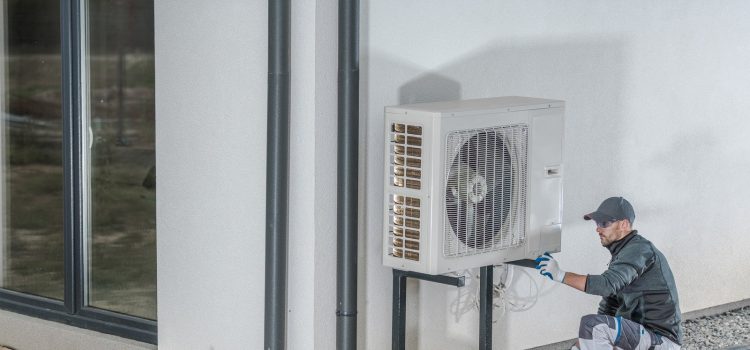A fence is more than just a boundary—it provides security, privacy, and enhances the curb appeal of your property. Whether you have wood fencing, ornamental fencing, or deer fencing, fences face constant exposure to weather, pests, and wear over time. Ignoring small signs of damage can lead to costly repairs or even the need for a full replacement.
Knowing when your fence needs attention can save you time, money, and stress. In this guide, we’ll cover how to identify the signs that your fence requires repair and what steps you can take to keep it in top condition.
1. Broken or Damaged Panels
One of the most obvious signs that your fence needs repair is damaged or missing panels. Wood fences can crack, split, or warp over time, while ornamental or metal fences may bend or break. Damaged panels compromise the fence’s structural integrity, security, and overall appearance.
Replacing broken sections promptly is crucial. A professional fence contractor can ensure repairs are done correctly to maintain both strength and visual appeal.
2. Leaning or Unstable Sections
A fence that leans or feels unstable is a major concern. Posts may weaken due to soil movement, strong winds, or decay. Unstable fences are not only unsafe but can also detract from the aesthetic of your property.
Hiring experienced fence installers can help secure leaning sections by reinforcing or replacing weakened posts, ensuring your fence remains stable and safe.
3. Rotting or Decaying Wood
Wood fences are prone to rot and decay, especially when exposed to moisture and pests. Signs include soft or spongy wood, discoloration, or a musty odor. Rot weakens the structure, making the fence more likely to break or collapse.
Addressing rot early by repairing or replacing affected panels prevents further damage and extends the life of your fence.
4. Gaps Between Panels
Gaps that appear between fence panels or pickets are often a sign of aging, shrinkage, or improper installation. These gaps reduce privacy, allow pets to escape, and may even let unwanted intruders in.
Professional fence builders can realign panels and secure them properly, restoring your fence’s function and appearance.
5. Rusted or Loose Hardware
Fences with metal components such as screws, hinges, or brackets may develop rust over time. Loose or corroded hardware can compromise stability and even cause sections to collapse.
Regular inspection and timely replacement of rusted hardware help maintain the fence’s strength and longevity.
6. Pest Damage
Pests such as termites, carpenter ants, or other insects can severely damage wooden fences. Look for holes, sawdust, or wood that sounds hollow when tapped.
Prompt pest control and repair are critical. Depending on the severity, you may need to treat the affected area and replace damaged panels.
7. Worn or Faded Appearance
While fading or peeling paint might seem cosmetic, it can be an early sign of deterioration. Exposure to sunlight and weather can weaken protective coatings, leaving wood vulnerable to moisture and decay.
Regular staining, painting, or sealing protects the fence from damage and helps maintain its appearance for years.
Why Timely Fence Repairs Are Important
Repairing your fence promptly has several benefits:
-
Safety: Prevents collapsing sections that could injure people or pets.
-
Security: Keeps your property protected and pets contained.
-
Aesthetics: Maintains a neat, appealing look for your home.
-
Cost Savings: Early repairs are far less expensive than replacing an entire fence.
Ignoring small issues often leads to more significant, costly problems down the road.
Choosing the Right Fence Contractor
Hiring a professional fence company ensures high-quality repairs and long-lasting results. Here are some tips:
-
Verify experience, licenses, and insurance.
-
Check customer reviews and references.
-
Ensure the contractor handles the type of fencing you have, whether wood fencing, ornamental fencing, or deer fencing.
-
Ask about warranties or guarantees for repair work.
Professional expertise ensures your fence is repaired correctly and will stand the test of time.
Maintaining Your Fence After Repairs
After repairs, proper maintenance is key to prolonging your fence’s life:
-
Inspect your fence regularly for new signs of damage.
-
Keep the surrounding area clear of debris and vegetation.
-
Apply protective coatings like stain or paint as needed.
-
Schedule routine inspections with your trusted fence contractor.
Routine upkeep prevents minor issues from becoming major problems and maintains your fence’s appearance and functionality.
Final Thoughts
A well-maintained fence protects your property, adds privacy, and enhances the look of your home. Knowing how to identify when your fence needs repair allows you to address issues early, saving time, money, and stress. Whether it’s broken panels, leaning posts, rot, or pest damage, timely repairs and professional installation keep your fence safe and long-lasting.
If your fence shows any of these warning signs, click here to learn more about professional fence repair and installation services from experienced experts.


